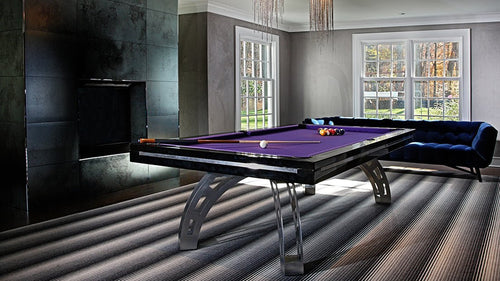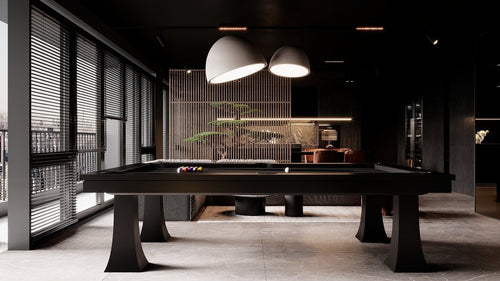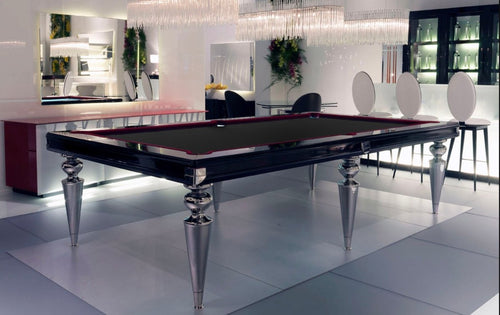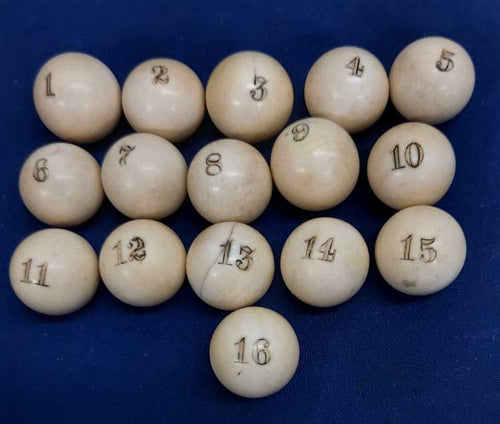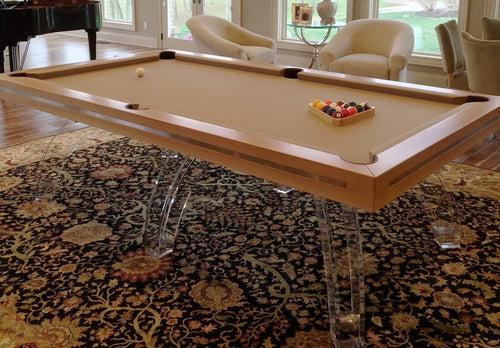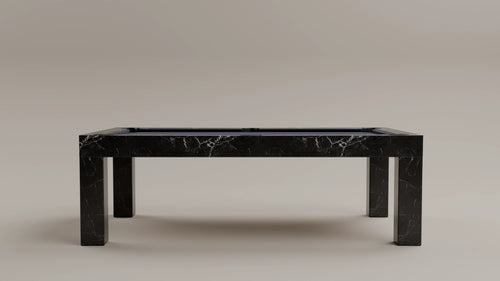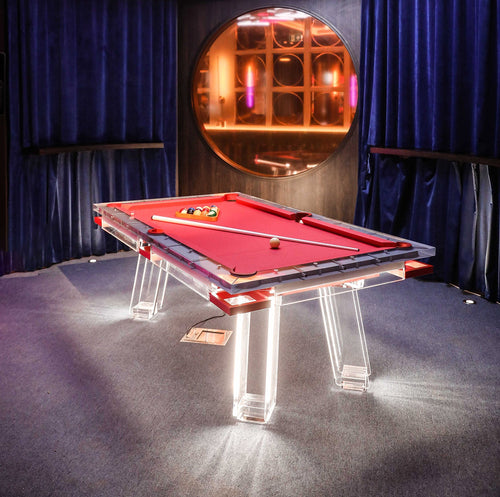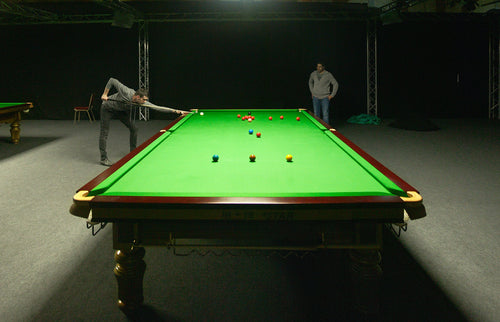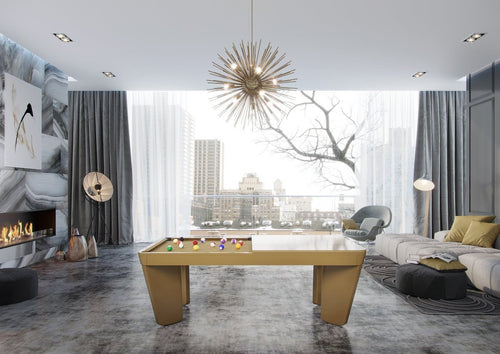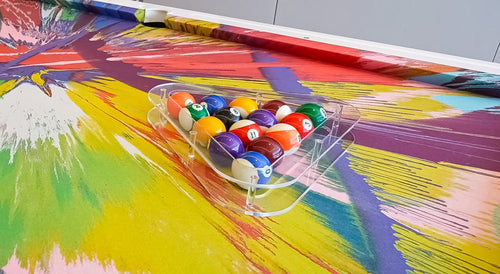Enjoy our modern designs
Estimated Read Time: 5 mins |
Interior design is visual storytelling. Without a clear protagonist the plot unravels, and the eye roams restlessly from one object to the next. Focal points—those deliberate visual destinations that halt the gaze—supply the narrative spine. They remind visitors where to look first, set the emotional tone, and let supporting pieces play their roles without shouting for attention.
What Makes a True Focal Point?
A convincing focal point does three things at once: it feels pleasingly important, it harmonises with its setting, and it sits where the eye expects to land—usually near natural eye level. Think of it as the headline in a well‑designed magazine spread: alluring, central, yet seamlessly integrated with the overall layout. Select it wisely, because in small homes especially, a single overly bright cushion or jarring artwork can hijack the room’s hierarchy and create the dreaded “pinball” effect Gail Green warns against.
Choosing Your Visual Anchor
Architectural features often volunteer for the job. A fireplace with a handsome surround, an original niche, or even a dark‑framed doorway that offers a borrowed view can shoulder the responsibility effortlessly. Where architecture is shy, lighting steps in; two sculptural sconces flanking a console, or a pendant that pools light onto a dining table, can command attention while choreographing how the room is used.
Artwork is the obvious candidate, but its power multiplies when curated into a gallery that behaves as a single composition. A tight grid, unified frames, or a shared colour thread ensures the wall reads as one elegant statement rather than visual noise. Mirrors earn similar status when they do double duty—reflecting daylight, stretching sight‑lines, and framing a favourite object across the room. Their reflective dialogue adds depth yet never competes, so long as the frame speaks the same design dialect as nearby furnishings.
Feature walls deserve a footnote. Painting one wall a random accent hue used to pass for drama; today the trick works only when the surface truly features something—textured plaster, a sculptural installation, or floor‑to‑ceiling shelving styled with intent. Otherwise the eye senses gimmickry, not gravitas.
Weaving Destination Points Into Daily Life
Great interiors rarely stop at a single hero. Smaller, secondary destination points—a jewel‑box drinks cart in the corner, a reading chair lit by a slender floor lamp—invite movement through the space. They create a rhythm of discovery without diluting the primacy of the main anchor. The trick lies in subtle differentiation: elevate what you love, mute what you don’t. If every object shouts, none feels special; if a few whisper in harmony, the hush becomes luxurious.
Editing the Distractions
Controlling focal points is as much about subtraction as addition. Busy patterns, high‑contrast colours, and ornate frames can generate accidental hot‑spots that wrestle for attention. In small rooms especially, favour quieter fabrics, tone‑on‑tone palettes, and streamlined shapes, letting the designated focal point take the spotlight. Paint radiators and skirting boards the same colour as walls so they recede; hide cables, temper glossy finishes, soften daylight glare with sheers. The eye will reward the effort with a calmer reading of the room.
Arranging for Balance
Placement seals the deal. The chosen anchor should sit centrally—geometrically or perceptually—and align with the room’s traffic lines. A fireplace already owns the mid‑wall; dress it with art that echoes its proportions. If your focal point is a console vignette, ensure the furniture grouping faces or frames it, so conversation naturally orbits that visual gravity. Even ceiling treatments—a coffered pattern picked out in subtle colour, a statement pendant—benefit from deliberate alignment with furniture below.
From Spa Serenity to Urban Studio
Wellness retreats perfect this craft. Water features running the length of a corridor glide visitors toward treatment rooms, fibre‑optic constellations embedded in bronze floors coax the gaze forward, while timber beams marching overhead anchor vast volumes with rhythmic calm. At home, the lesson translates simply: choose one material or motif—brass, rattan, charcoal lines—and repeat it to guide the eye while reinforcing the focal story.
Living With Your Choices
A focal point is not set in stone. Rotate art seasonally, layer cushions in winter hues, swap a lamp for fresh blooms come spring. The architecture remains steady, but the highlight can evolve—always mindful of balance, hierarchy, and that coveted place where the eye comes to rest.
When focal points succeed, rooms feel intentional, spacious, and serenely alive. They celebrate what matters, hush what doesn’t, and invite every visitor—yourself included—to pause, breathe, and enjoy the view.
